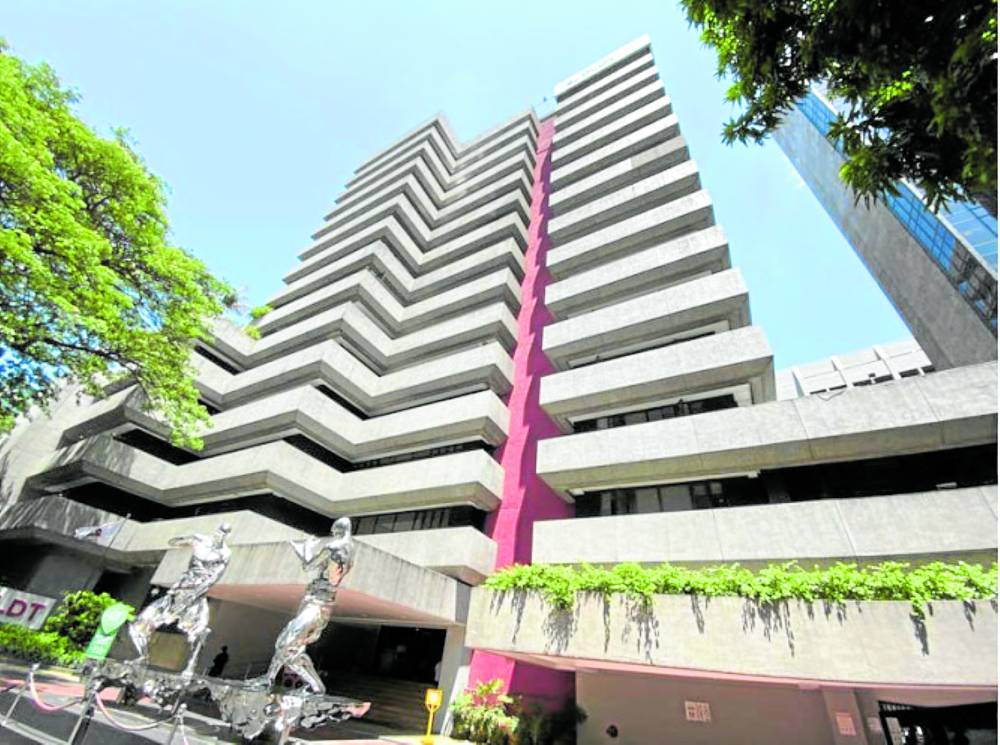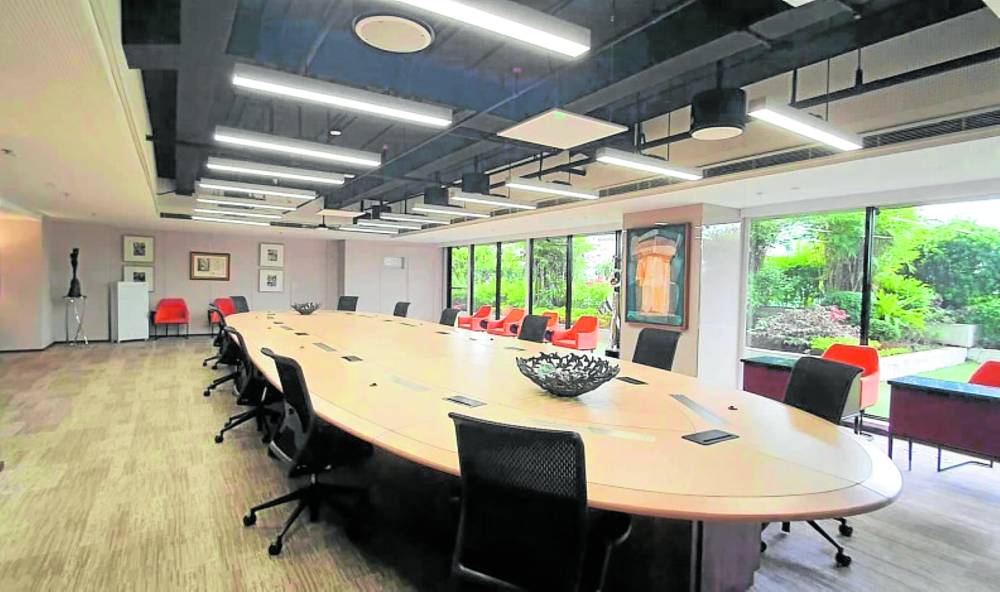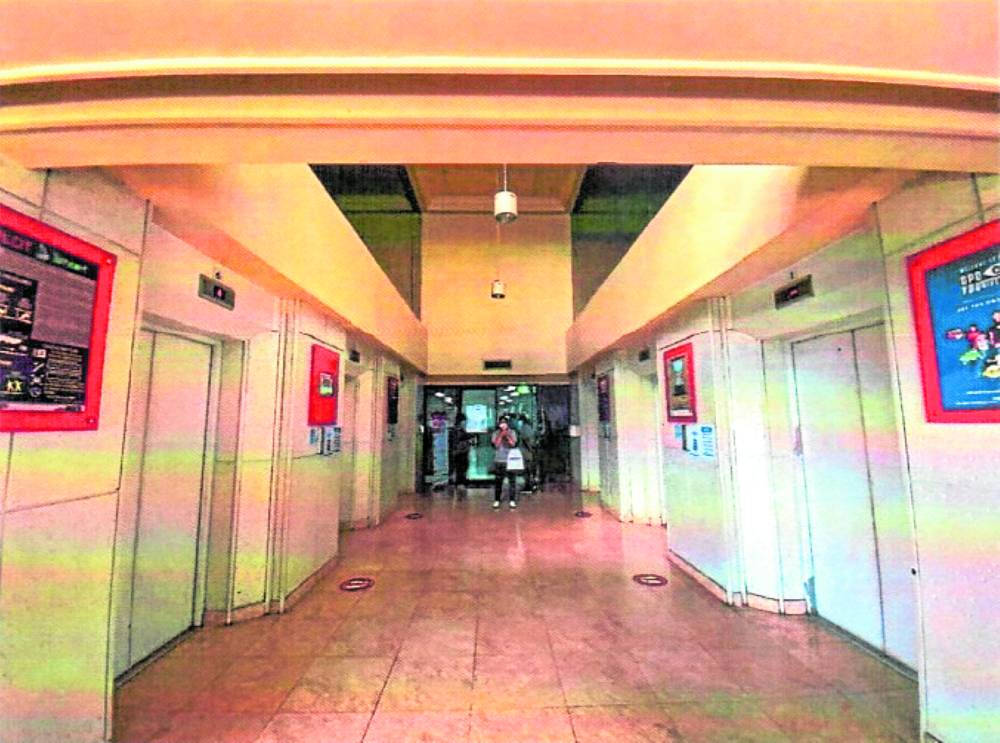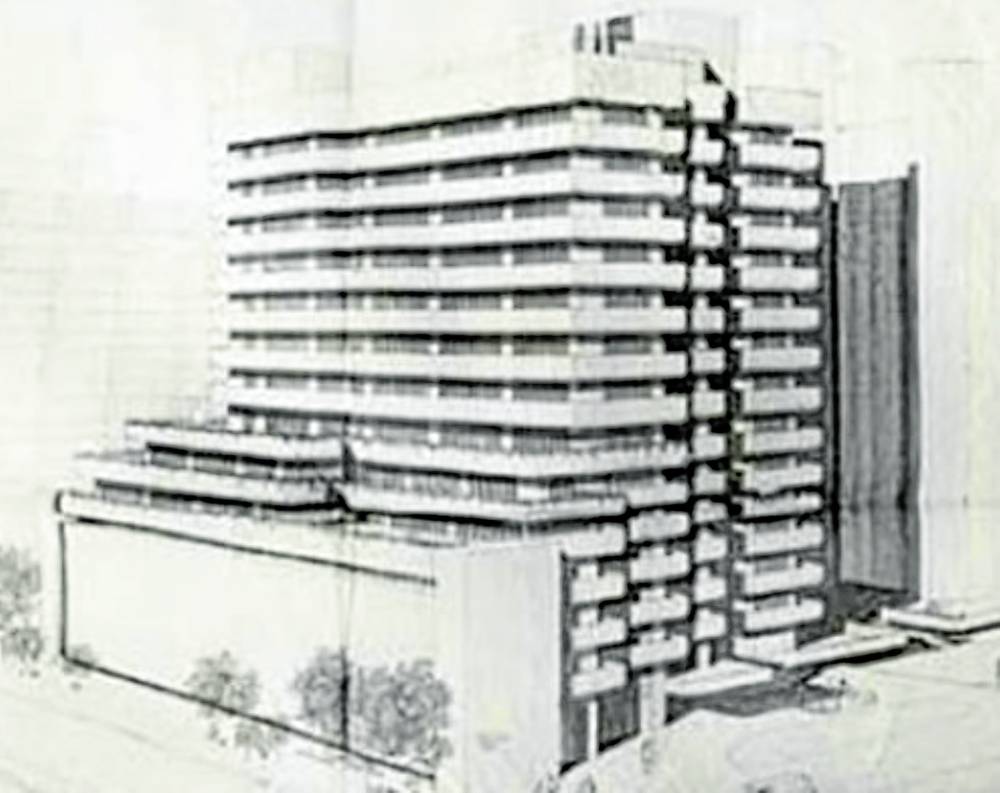
Also known as Philippine Long Distance Telephone Co. (PLDT) Building, Ramon Cojuangco Building (RCB) on Makati Avenue in Makati City may soon follow the fate of other Leandro V. Locsin-designed buildings, which were torn down to give way to new developments.
This is after PLDT petitioned the National Commission for Culture and the Arts (NCCA) to lift the presumption of importance on the 40-year-old edifice.
The 15-story building is a presumed important cultural property (ICP) under the Heritage Law, as it was a work of a National Artist, just like the demolished Mandarin and Intercontinental hotels and currently being demolished PCI Bank Building, all in Makati, and the former Benguet Center in Mandaluyong.
As per the said law, the presumption of importance of a site or structure can be removed through a process of petitioning to the proper cultural agency, the move that PLDT took.
Petition
In its petition, PLDT said it is planning to redevelop RCB’s site “into a modern, ecologically sustainable and open campus-type headquarters.”
PLDT, which commissioned the building in 1974 and was completed in 1982, argued that RCB is not an ICP since it does not have exceptional cultural, artistic and historical significance as defined in the Heritage Law.
It said the building is not important since it is “a utilitarian office building that exhibits none of the essential characteristics and poetic choices exemplified in L.V. Locsin’s iconic body of works.”
It also said that “without in anyway diminishing the remarkable contribution of L.V. Locsin to Philippine architectural history, the RCB greatly resembles the generic International Style of building design that is nondescript, unremarkable and deliberately devoid of any references to Filipino culture, tradition and identity.”
Architect and architectural historian Gerard Lico was commissioned by the company to conduct a technical and heritage assessment of the building, the result of which was attached by PLDT in its petition.

The Lico report notes that “the Ramon Cojuangco Building is a digression from [Locsin’s] daring formal experimentation and sensuous exploration of concrete’s materiality, as he responded to his client’s aesthetic preference for the International Style, to which he conformed via a building where uninspiring repetitions and serial monotony are compositional staples.”
Adds the report, “A rudimentary box with a dispensable appliqué of extended concrete overhangs, and interior spaces dominated by an open office plan, the building lacks the finesse and the iconicity of Locsin’s more remarkable works.”
The same report also describes the building as bland, sterile, generic and not representing Filipino culture at all.
“The Ramon Cojuangco Building adapted simple Cartesian geometries and a series of protruding rectilinear volumes with unadorned exposed aggregate surfaces devoid of associative ornamentation to deny any local cultural referents, thereby becoming a truly global architecture,” the report notes.
As per the building’s generic architectural design, it was noted that it can be easily built just like other similar structures, such as Strata 2000 Building in Pasig and Atrium Building in Makati.
Regarding historicity, the building did not figure in any important historic events, the report said.
NCCA inspection
In early May, the NCCA made an ocular inspection of the building and contends that “Locsin’s response to vernacular design exists in the RCB, but it is minimal and ambiguous.”
“In response to the building section, we can see how L.V. Locsin derives inspiration from dominating, heavy, widened roofs of vernacular, particularly northern Philippine architecture, leaving minimal wall surface exposed to elements,” it notes.
The report used architect Caryn Paredes-Santillan’s University of Tokyo dissertation on Locsin, who characterized features in the latter’s works, such as the floating effect representing the Filipino vernacular houses on stilts, grounded flight or structures that look directly connected to the ground, enclosed openness or enclosures surrounding an open interior, such as in the University of the Philippines Chapel in Diliman, and alternation of opposite spatial characters which refers “to the use of nonphysical barriers to delineate space.”
The NCCA report notes that Locsin’s “floating effect” is evident in RCB through the floating panes in the exterior of the building. Whether the other Locsin features were applied or not in RCB were not discussed in the report.
It said “the multiple floating panes in the exterior of the building remain unchanged, indisputable of its truncated or chamfered design at the bottom.”
The NCCA report also noted that a number of interventions were made in and out of the building, but “these are reversible and can be returned to the original finishing.”
Poet of space
In an online interview with Lifestyle, Paredes-Santillan, a Locsin specialist, said Locsin’s works have immense social and cultural impact, and Locsin himself emphasized the “art in architecture.”
“For me, I see in his buildings both a question and an answer—like a puzzle that he is trying to figure out, with the building itself being the physical embodiment of his response and his spaces meant to be experienced, like a story that slowly unfolds as you go through them,” she said.
“I think this is what [architectural historian] Fr. Rodrigo Perez III meant when he referred to Locsin as a poet of space,” she added.
Paredes-Santillan also said that Locsin’s lyricism is evident in his forms of his sizeable body of works. “There is a dialogue between form and space that leaves a lasting impression on people,” she said.
She added that modern buildings in general should be thoroughly and continually studied and people should be made aware of their importance. “Further studies that document and study modern heritage help define their character and what make them significant,” she said.
Paredes-Santillan also explained that many still do not understand the importance of conservation of modern edifices, which in the Philippines and in a number of Southeast Asian countries are “often tied to postcolonial discourse and building a national identity.”
“Knowledge and its dissemination foster awareness, which in turn cultivate appreciation, and this appreciation could lead to a desire for modern heritage to be conserved,” she said.
Brutalism

The architectural style that Locsin (1928-1994) used in the building and in most of his projects is brutalism, a term which originated from the Swedish “nybrutalism,” or “new brutalism,” in the 1950s, an aspect of the International Style of architecture which leaves structures with raw finishes with the use of molded concrete and exposed structural elements.
Encyclopedia Britannica notes that “brutalism, as a reform movement, advocated the return to functionalist principles—in services, materials and structure.”
Architect-couple Allison and Peter Smithson of the United Kingdom first used the term in the 1950s.
One of the iconic works of the Smithsons was the brutalist building in London called Robin Hood Gardens, a two-block, seven-story social housing edifice completed in 1972. Its eastern block was demolished from 2017 to 2018, while the western block is set to be demolished, too, to give way to a redevelopment project.
Realizing the building’s importance, Victoria and Albert Museum salvaged a section of the demolished eastern block, exhibited it at the Venice Architecture Biennale in 2018, and will permanently install it at the museum’s East Storehouse in London, which will open in 2024.
This noble idea of saving a section of a demolished important building in this scale is yet to be realized in the Philippines. —CONTRIBUTED











































